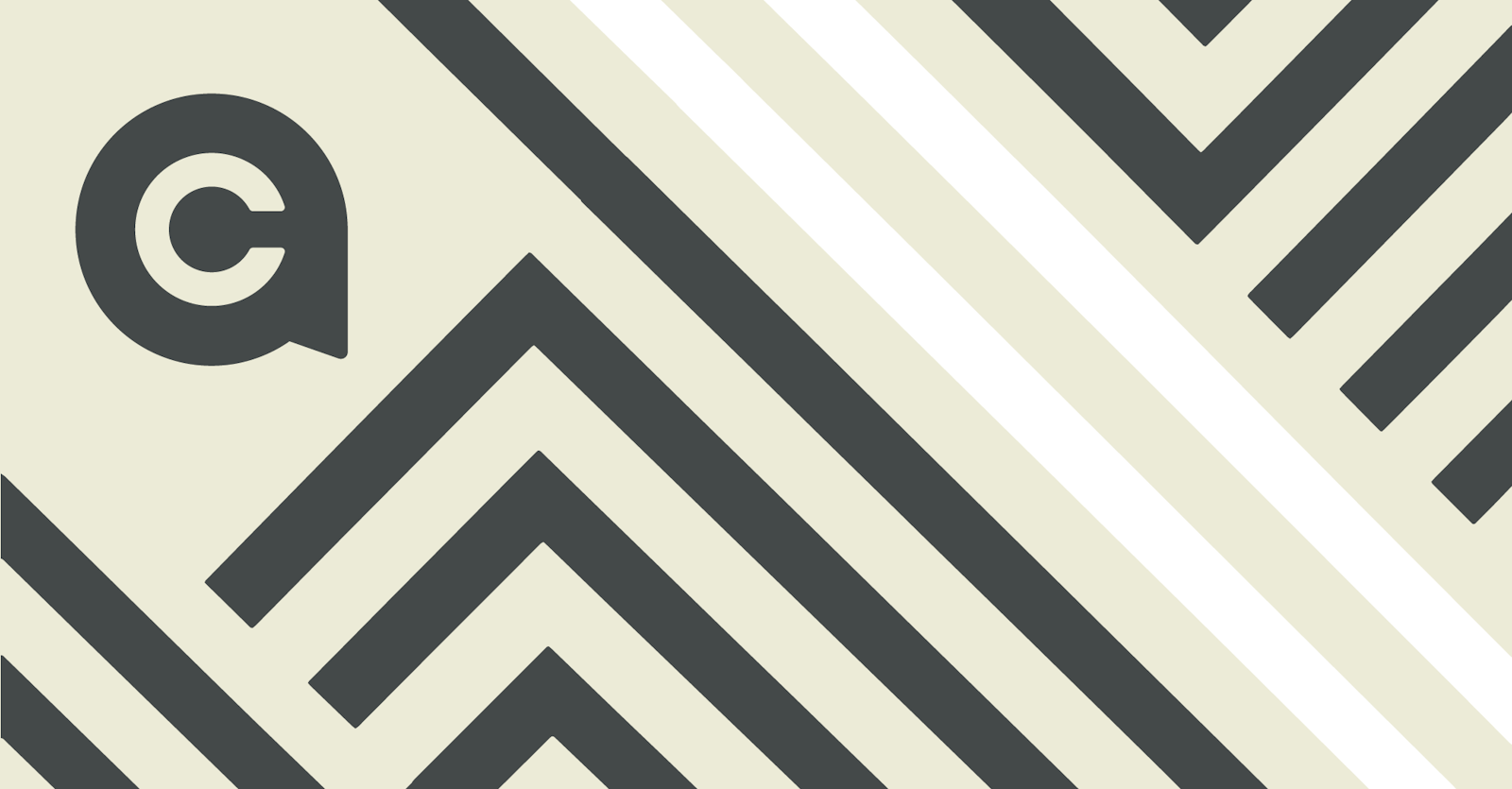Parallel Lines Touching in the Sand

Weaving product and packaging innovation.
Like 80s rock, let’s bring back some of the classics in business, like the stage gate process (actually not a bad band name if you ask me). It represented a fundamental backbone for how new product development happened in large corporations. Still relevant, right? Like legal precedent, it has only become a better form of its original self. If you’ve found yourself distanced from the grind of new product development, search and see how this base methodology has been improved, refined, and hopefully made even more relevant.
We often talk about and have written about in books, the places where a package and product become blurred. In the case of almost all spirits brands, the contents of the bottle cost less than the bottle itself. If you don’t have an Apple package in your residence currently, you obviously don’t like great design. And, when was the last time you kept a package to use for another purpose?
Yet, the product and package often remain as separate and rarely interwoven process paths. These paths intersect at some point, but as cycles in business, the packaging innovation is rarely running parallel to product development.
It’s time to create more points of intersection between these parallel lines.
But first, we need to cover an activity the Capsule team has been inserting randomly into our daily morning standup meetings called “Whose is it anyway?” We attempt to pair a photographed object with the team member it belongs to. Anyone whose object gets identified way too quickly is obviously not a winner. Speaking for a friend, obviously.
During this past week we picked packages we each had kept for an extended period of time. Then, we took some time to examine why, personally, these packages remained in our lives. The effort identified a few patterns in our small sample size of packaging fanatics.
- personal connection to the actual package
- affection for what the package reflected back on them, as individuals
- a moment in time when a memory was made
Not all the packages held these three patterns, but all three appeared abundantly in conversations across our participants. We will take each of these three ideas and exemplify them in the package designs, offer commentary by our team and provide some insight as to how you can do this in your own package design effort.
Back to the case for an intersecting parallel package and product development cycle. Here are three situations where it just makes sense to have the packaging design run with the product development. We will also weave these into our three sets of examples of why package designs remain and retain meaning in our lives.
One: when your package is the first thing a potential customer sees, touches, hears and connects them with your brand
Two: when you can’t consume your product without interacting with the product, like a vodka bottle versus a hang tag
Three: when the product use, care or benefit isn’t intuitive to the average human, like a new to the world invention vs a beer bottle
If your product fits into any of these three categories, consider moving up your packaging conversations to sooner rather than later. If your packaging and product development are considered parallel lines, only meeting late and when necessary, you might want to
Thank you and we hope you enjoy a view inside how we design more competitive brands and packages.


